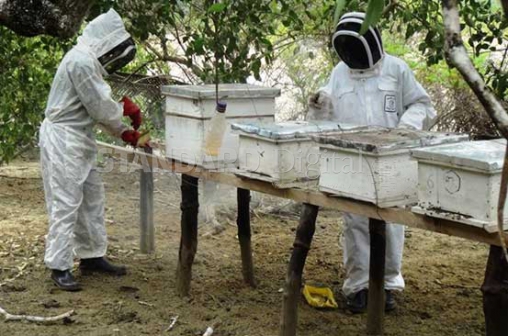×
The Standard e-Paper
Informed Minds Prefer The Standard

For seasoned apiarists, the difference between tantalising honey and bland honey is determined by several factors. Top on the list is the tree the nectar came from.
That why a group of bee keepers from Kilifi and Kwale counties are collecting honey made from bees that get nectar from mangrove trees.